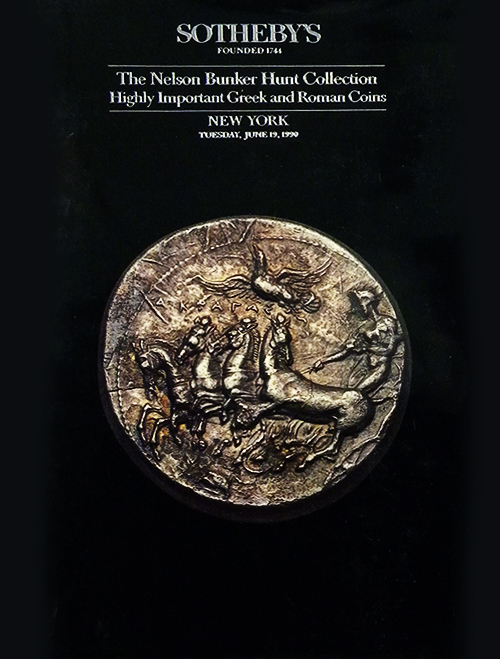

Collecting is instinctive within humanity. Everyone has formed a collection of something, no matter how small. From childhood, we all have accumulated objects in different categories, be it matchbox cars to collections of Barbie dolls. Their questionable usefulness is only second to the fascination of playing with them. The first coins used in China were cowrie shells. They were beautiful and rare since they could not be found everywhere. The first attempt to expand the money supply, and make bronze appealing and acceptable, involved making the money into the image of a cowrie shell.
I got the bug when I bought my first Roman coin for probably $5 when I was 10 to 12. I would recommend ancient coins, for their market is global. Canadian coins are salable in Canada just as the best market for the U.S. coins is in the United States. Yet, ancient coins cross all borders. The Chinese and Russians are big buyers these days. Cars are too hard to store. Fine art is also something I have collected over the years. I can more than quadruple my investment in things like Rembrandt etchings (the one pictured is of his father).
I have collections of rare books and autographs as well. There are collectors for every category of object. There was the Villa of the Papyri, a private house in the ancient Roman city of Herculaneum, who collected art and books. This tremendous collection has fascinated visitors beyond belief.













